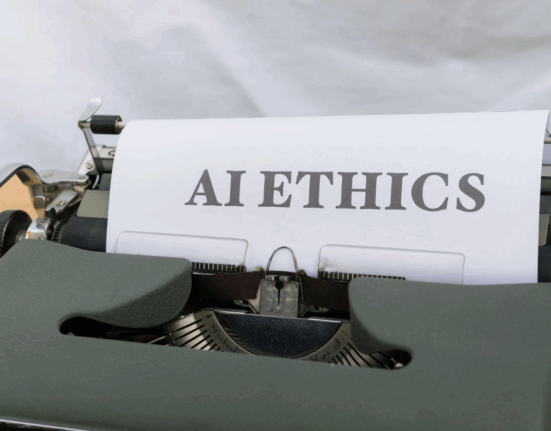Introduction: Why Cost Calculation Matters
Computer vision has the power to transform industries — from surveillance to healthcare. But before jumping into AI upgrades, businesses must ask one key question: how much will it cost? Calculating the cost of computer vision integration into existing systems helps organizations budget wisely, avoid surprises, and maximize return on investment.
What Is Computer Vision Integration?
Computer vision integration means enhancing existing hardware or software with AI-powered vision tools. Instead of replacing whole systems, businesses layer computer vision onto legacy infrastructure to make it smarter and more efficient.
Key Cost Components of Integration
1. Hardware Expenses
- Upgrading cameras, sensors, or edge devices.
- Adding GPUs or cloud compute power for heavy processing.
2. Software and Licensing Fees
- Costs for frameworks, APIs, and proprietary platforms.
- Ongoing license renewals and software updates.
3. Data Preparation and Storage
- Labeling datasets for training.
- Expanding storage to handle video and image data.
4. Integration and Development
- Custom code for compatibility with legacy systems.
- Hiring or contracting developers and engineers.
5. Training and Upskilling Staff
- Courses for IT teams, operators, or healthcare staff.
- Continuous learning to keep up with new tools.
6. Maintenance and Support
- Long-term monitoring, updates, and technical support.
Challenges That Add to the Cost
- Compatibility Issues: Legacy systems may need major adjustments.
- Compliance Costs: Regulations in healthcare or surveillance demand security investments.
- Scalability Concerns: Small pilots may be affordable, but scaling multiplies costs.
- Hidden Costs: Downtime during integration can impact revenue.
Steps to Calculate Computer Vision Integration Cost
Step 1: Audit Existing Infrastructure
Identify what hardware and software you already have.
Step 2: Define Integration Goals
Focus on specific use cases like anomaly detection, diagnostics, or automation.
Step 3: Estimate Direct Expenses
Include hardware, software, and labor costs.
Step 4: Include Indirect Expenses
Factor in downtime, training, and compliance.
Step 5: Compare Costs vs. Benefits
Balance financial input with expected efficiency, accuracy, and ROI.
Case Example: Surveillance Upgrade
A retail chain integrates computer vision for anomaly detection.
- Hardware & software costs: $40,000
- Training & maintenance: $10,000
- Total: $50,000
- Result: 30% fewer theft incidents, saving $120,000 annually.
Case Example: Healthcare Integration
A hospital upgrades imaging systems with AI diagnostics.
- Integration costs: $75,000
- Operational savings: Faster diagnosis reduces treatment delays, saving $200,000 per year.
Best Practices to Control Costs
- Start small with pilot projects.
- Use open-source tools like OpenCV or TensorFlow where possible.
- Leverage cloud services for scalability.
- Train staff gradually to minimize downtime.
Future of Computer Vision Integration Costs
- Cheaper Cloud Services: Lower entry costs for small organizations.
- Edge AI Growth: Reduces reliance on expensive centralized systems.
- Standardized Frameworks: Simplify integration, reducing developer costs.
- AI-as-a-Service Models: Subscription models spread costs over time.
Conclusion: Budgeting Smart for AI Upgrades
Computer vision integration can seem expensive, but the long-term benefits outweigh the costs. By carefully calculating expenses, starting with pilots, and planning for growth, businesses can modernize their systems efficiently while maximizing ROI.
FAQ
1. What drives the cost of computer vision integration?
Hardware, software, training, and compliance are the main cost drivers.
2. Can legacy systems support computer vision integration?
Yes, but compatibility adjustments may raise costs.
3. How can businesses lower integration costs?
Start with pilots, use open-source tools, and leverage cloud services.
4. Is computer vision integration worth the investment?
Yes, when ROI from improved efficiency and accuracy outweighs costs.
5. What industries benefit most from computer vision integration?
Healthcare, surveillance, retail, and manufacturing see the biggest impact.








